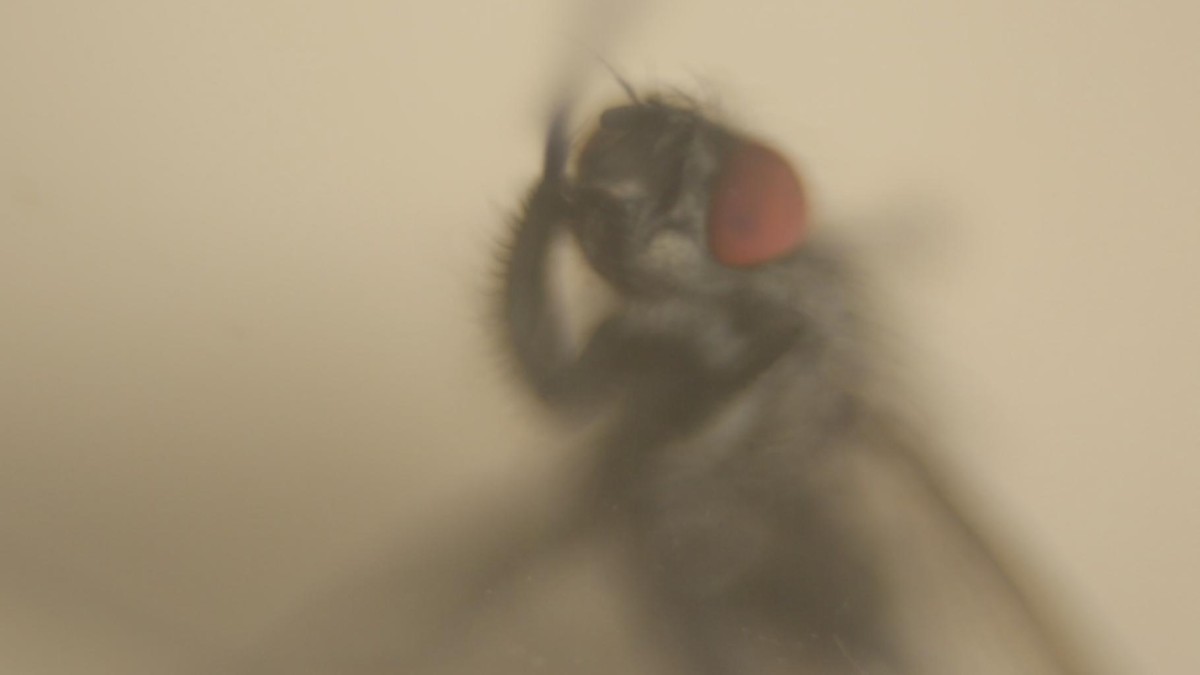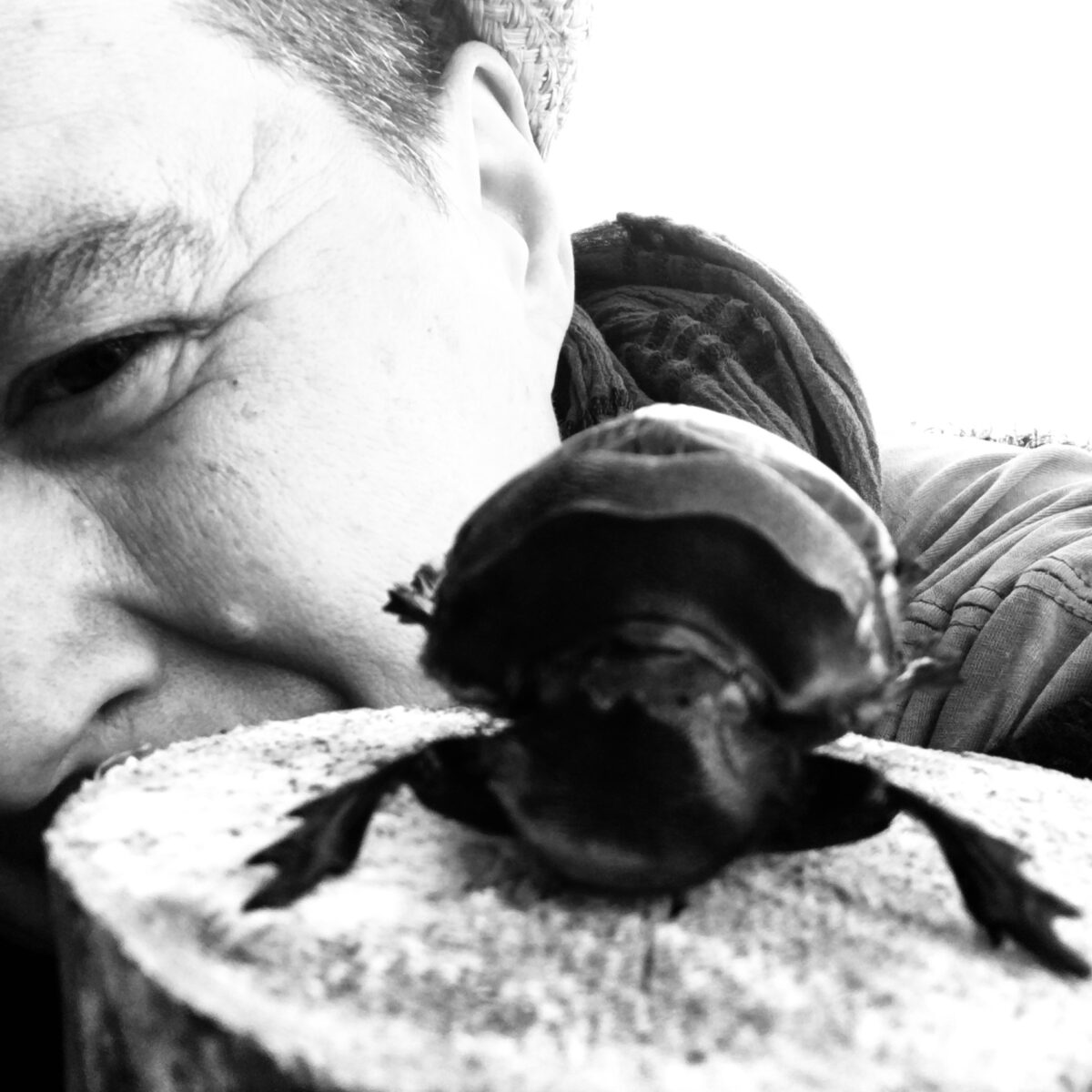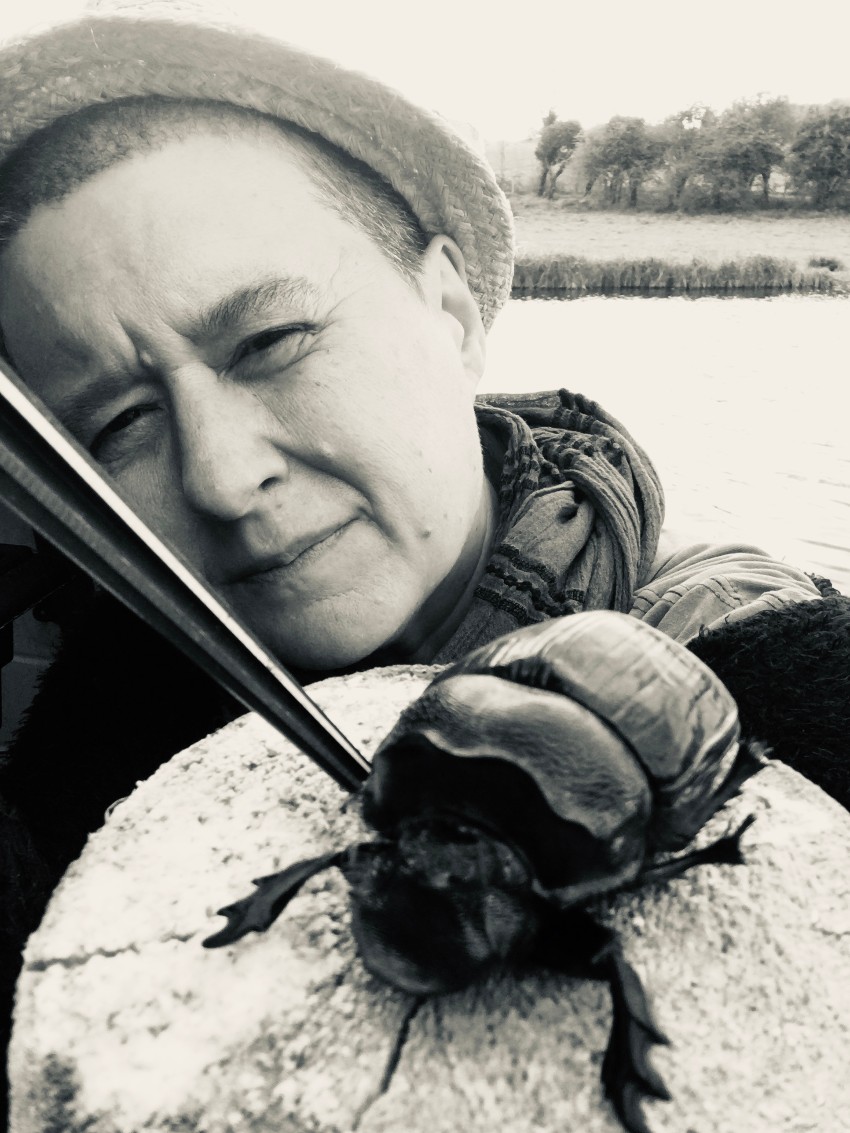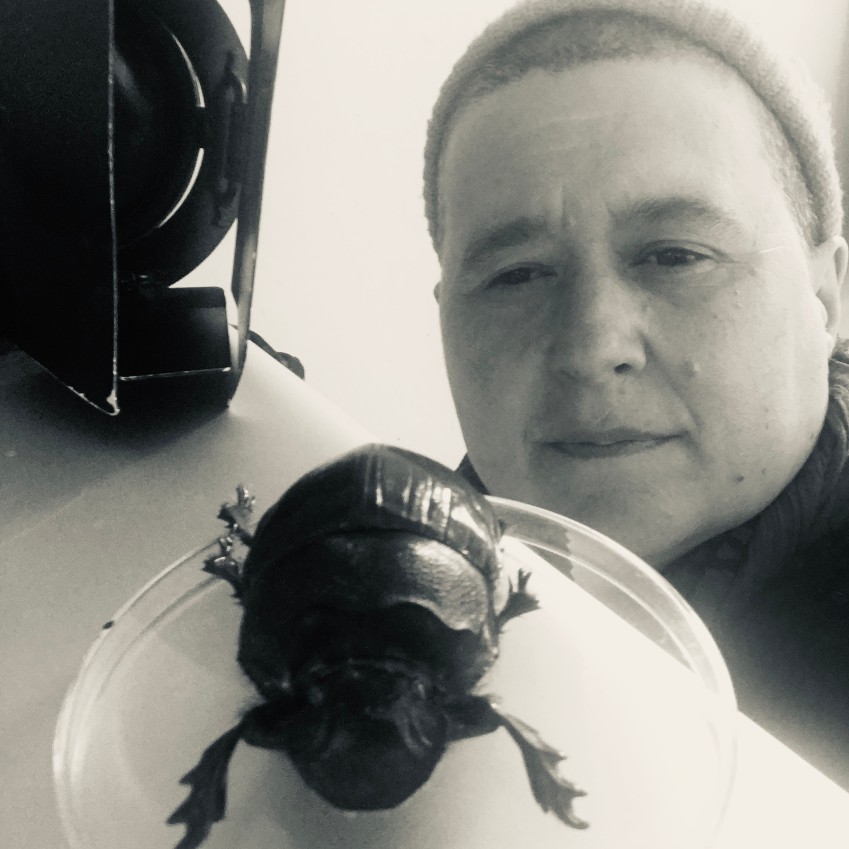
A Case Study
Narrative | Dramatic Features
Film Name: Insect O Cide
Genre: Documentary
Date: September 2021
Director: Georgina Willis
Producer: Georgina Willis
Writer: Dave Goulson
Cinematographer: Georgina Willis
Production Company: Potoroo Films &LIF
Budget: Very low
Shooting Format: High Def shot on a DSLR
indieactivity: Tell us a bit about your journey through film?
Georgina Willis (GW): I started out directing in Australia. My first feature was Watermark which was the first no-budget film to be selected for Cannes. I then moved to London where I have been working both as a film director and also as a photographer. To me, these things go together because all the films I did were always driven by the images.
Tell us a little about your feature Insect O Cide?
Georgina Willis (GW): Insect O Cide is really about the catastrophic decline in insect populations. It was something that I’d heard about and started realizing that this is one of the most important issues facing us at the moment. We would not be able to live on the planet without insects. I guess we all have this natural fear of them and so can’t see them as anything other than a threat. What comes to mind for me is the way we express that fear in movies and pop culture. If you want a scary fictional creature in a movie coming from another planet, it’s essentially based on a small insect magnified a million times that lands on ‘our planet.’ The ‘alien’ in these situations is often based on the appearance of an insect. Its culturally hard to change this, and change the view of insects are a threat, to an integral and fascinating part of our lives.

Was it difficult to continue with the shoot due to the pandemic? How did you get through this time?
Georgina Willis (GW): For us, it was a bit of a rollercoaster. We were booked into the studio in London and all ready to go and then we were hearing more and more about Covid, but at that stage, we did not know much about it. But the first day we were booked in to film the interviews ended up being the first day of Lockdown. It was a Monday and all weekend, everyone was messaging me, “Are we still going ahead?” Then that day everything was shut down. The crew was disbanded and it was a bit of a shock at the time. So the approach had to change hugely. We had to Magic up a Plan B.
How did the idea of making a documentary on insects come about?
Georgina Willis (GW): Insect O Cide is the result of a few things coming together for me. I was suddenly surrounded by nature after being in the center of a city, in both Sydney and then London. I bought myself an old English barge that had been almost abandoned on the Thames and spent a couple of years making it into my floating home. So suddenly I was surrounded by nature and I just found it pretty amazing because it was such a contrast to my former city life. Suddenly I was seeing nature up close. And then I heard about the insect decline in Germany and just how serious the situation was. For me, I could see that film could capture this and make people aware of the issue and also just how incredible these small animals are. And one thing led to another and then I was put in touch with Dave Goulson who is really great at telling the story of insects in a really accessible way. His the voice of the film.
What Camera were you using?
Georgina Willis (GW): Originally we were going to shoot with a RED Camera but because of lockdown, everything was turned upside down. As well as being a director, I am a photographer and I was sitting there thinking,’ I think I am going to have to film this myself. ‘There were no camera hire places open due to Lockdown so I turned to my Canon 5D Mark iii which I use for photography. I did some tests to see if it could work on filming these small creatures. I was amazed at the quality I could get. It’s a truly amazing camera. Images were just incredible. The greatest challenge was the lighting…I was used to lighting humans, not so much an animal the size of a pinhead. But I learned a lot and just loved the filming. It is a whole new world that you enter through the lens.

The images of the insects are really intimate and look very different from a normal nature documentary. How did you achieve this?
Georgina Willis (GW): Well I think the Canon 5D was just incredible at recording detail and color. But more than that, if you enter this world, that is largely unseen by us in our daily lives and you end up with a certain fascination and amazement at this very busy world of creatures beyond our day-to-day vision. You get more and more drawn into it. And for me, I would often take the animals out of their natural environment and film them with slightly different backgrounds and colors of lighting. This makes them the center of it. It gives a much more stylized look. These are ideas I got from commercial shoots where you adjust the backdrop to highlight the subject. It makes you less distracted by the background and more focused on the insect. It allows for more feeling towards the insects.
How did you manage to continue filming due to Lockdown when you were unable to travel?
GW: I was moored in Hertfordshire at the time (just outside of London) and I got Dave to focus on his narration giving examples of insects that would be around me at that time of the year. He would send me the recordings and I would go out and get the insects in the morning during the allotted time for exercise, with the Covid restrictions, and collect insects to bring back to my makeshift floating studio. It made me more connected to my environment and looking through the lens, a whole world opened up to me. I used the lighting and the color to enhance these creatures and make them into epic animals worthy of their existence.
What made you so determined to make this film?
GW: We have a culture that has never really appreciated the importance of insects to our existence. They were on the planet long before us and we rely on them for our own existence. The insect decline is happening rapidly and it is the greatest threat to our existence. The creatures that we have labeled as repulsive, such as flies, are vital to our survival

Were there any limitations that impacted your filmmaking given all the restraints?
GW: Not Really. I think once I got over the shock of having to change the production I got pretty creative with the path forward. The issue can’t wait. This is such an important issue. Filmmaking in difficult circumstances often forces you to think creatively for solutions. It sends you down a different path. A film is a million problems solved. It’s never straightforward. You have always got to be up for a challenge when you begin to make a film.
You made the controversial feature Watermark on a low budget and it was selected at the Cannes Film Festival. Did your current documentary have any parallels to Watermark?
GW: Every film, whether fiction or fact, has a huge number of challenges. Watermark was very stylized and was very visual and this carries through to Insect O Cide. I really tried to make these tiny animals into epic creatures. With Watermark we were filming using film whereas here it was a DSLR, but to be honest, the images in Insect O Cide are as good as film. It’s just a matter of doing lots of tests with the equipment to see the potential. Each film is always a struggle. It’s the filmmaker versus the universe. Not everything goes your way during a shoot. You are battling with creative solutions to get the film you envisioned.
Tell us what you think of the Case Study for Georgina Willis Discusses the Difficulties of Filming Insect-O-Cide Through a Pandemic. What do you think of it? Let’s have your comments below and/or on Facebook or Instagram! Or join me on Twitter.
Follow Georgina Willis on Social Media
Website
IMDb
Twitter
Instagram
MORE STORIES FOR YOU









